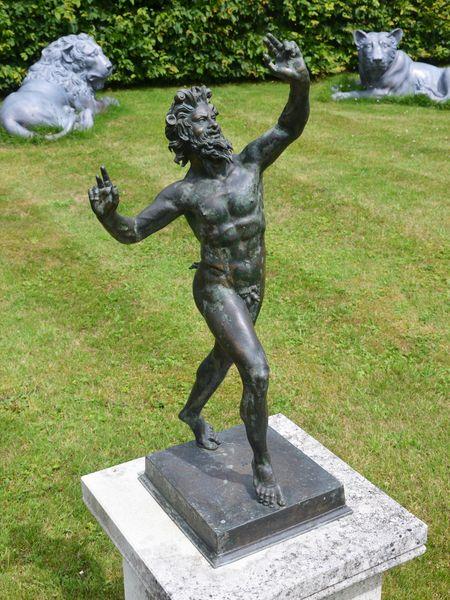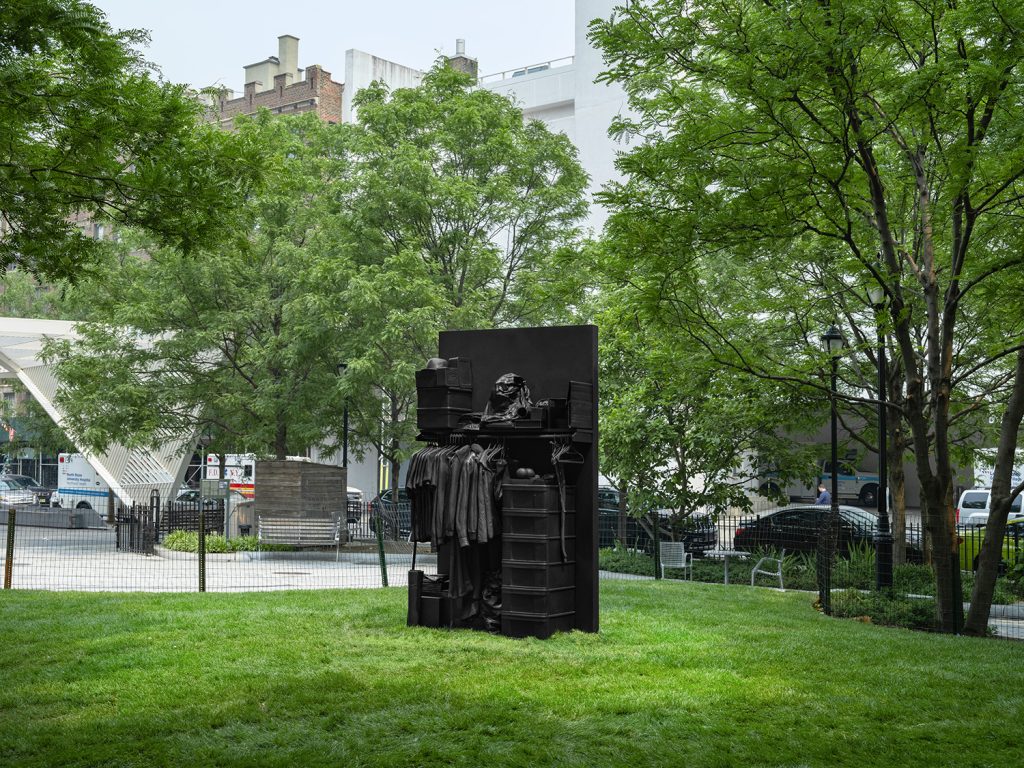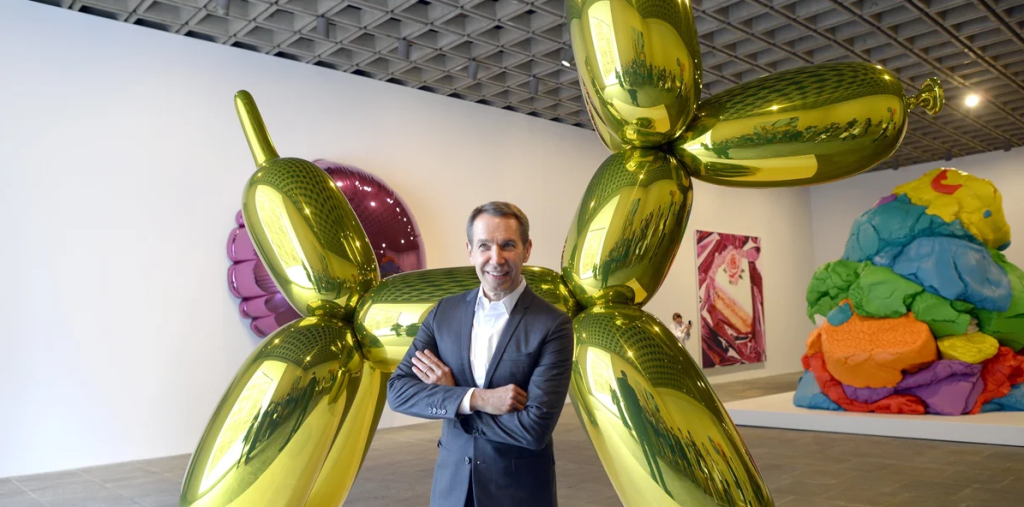Dancing Faun is one of the most iconic works of ancient Roman sculpture, showcasing the Romans’ worship of nature, mythology, and vitality. The sculpture depicts Saturn, a half-human, half-animal deity often associated with fertility, nature, and joy. In this sculpture, Saturn is in the act of dancing, his graceful and lively posture seeming to freeze in stone the Romans’ yearning for joy and freedom.
Dancing Faun Sculpture is a classic of ancient sculpture with its exquisite details and dynamic expression. Every part of the sculpture—from his limbs to his expressive facial expressions—demonstrates the extraordinary artistry of the ancient Roman sculptors. In particular, Saturn’s energetic dancing posture conveys a vivid energy, as if telling of the ancient Romans’ love for nature and life.
This statue was originally unearthed in the Villa of the Papyri in Pompeii and is now collected in the National Archaeological Museum of Naples. As an important artistic heritage of the Roman period, Dancing Faun not only represents the ancient Roman pursuit of art, but also shows their deep understanding and expression of mythological characters.
If you are interested in ancient art and sculpture, owning a replica of Dancing Faun Sculpture is undoubtedly a valuable collection. It not only adds to the artistic atmosphere of the space, but also connects the ancient and modern cultural bridges, allowing people to appreciate its exquisite craftsmanship while also feeling the unique artistic charm of the ancient Roman era.
In general, Dancing Faun is a sculpture that shows the essence of ancient Roman art. It is not only an artistic symbol of that era, but also provides us today with a deep insight into the ancient culture and spiritual world.


